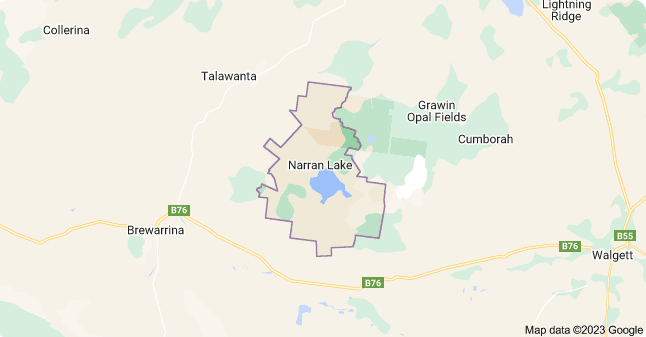The secret lives of pelicans revealed
Kristin Murdock
19 May 2023, 7:40 AM
 Pelicans have been banded at Narran Lake for the first time this year. IMAGE: Pat Johnston
Pelicans have been banded at Narran Lake for the first time this year. IMAGE: Pat JohnstonFor the first time, Narran Lake has been added as a location where pelicans are banded for research purposes.
So far, more than 1,200 birds across three locations have been fitted with brightly coloured leg bands to indicate where they hatched.
Tracking pelicans across the eastern states will reveal more of their lives according to UNSW Sydney Centre for Ecosystem Science, Senior Research Fellow, Dr Kate Brandis.
Of particular interest are where juvenile pelicans travel to once they fledge - this helps in understanding which wetlands they use, to help better manage the species and wetlands.
“In the case of the Narran Lake colony, until this year pelicans had not bred at the Lake since the 1990s as there had not been sufficient flooding to support them for the six months needed to successfully raise chicks," Dr Brandis said. “If we find pelicans do return to their hatching place to breed, maintaining suitable habitat at Narran Lake for this cohort to return to in a few years’ time is essential to helping support Australian Pelicans into the future."
Media Officer for Brewarrina Local Aboriginal Land Council, Urayne Warraweena said pelicans had been scarce in the area during the drought years last decade, but their return was noticeable in the past two years.
"They knew," Ms Warraweena said. "One day it was raining and the next day they began to come back."
A Burranbinja women, Ms Warraweena said pelicans were an important part of Dreaming Stories of the Narran Lake area.
"The Narran Lake is on Yuwaalaraay land and my tribe went there for cultural reasons. It's unfortunate that only a small part of the lake is National Park, while the rest is privately owned. The National Park area is not open to the public so that the birds can breed undisturbed but it's hard to conserve a species on a small portion of the lake."

Narran Lake Nature Reserve. SOURCE: National Parks NSW
Ms Warraweena said she had not been to Narran Lake to see the pelican colonies.
"I really want to get out there," she said. "There is one day of the year that the Parks do a cultural day and I really want to attend the next one. Our people learned how to net fish by observing how the pelican fishes in the river."
"Citizen Scientists" can get involved if they sight a banded bird. The Department of Planning and Environment (DPE) is calling on the public to log any sightings to help build a picture of the pelican movements.
“Once pelican chicks fledge, they take to the skies but where they choose to go and nest is critical data we are keen to collect,” said DPE senior scientist Dr John Porter. “We can use this information to make decisions on wetland and water management for sites favoured by the pelicans and to find out if pelicans prefer to return to where they hatched to breed.”

The traveller from Lake Brewster (orange leg band) caught on camera at Narran Lake. IMAGE: Pat Johnston
Almost 400 birds were banded at Narran Lake, on National Park and with permission from a local landholder in late March and bird watchers should look out for pelicans returning to coastal regions from May.
Narran Lake birds will sport a numbered black band. Blue bands indicate the pelican hatched in the Gayini Wetlands where the Nari Nari Tribal Council generously allowed access to breeding pelicans.
Birds tagged at Lake Brewster have orange leg bands and Victorian pelican nesting sites use red and green leg bands.
With a wingspan of around 2.5 metres, adult pelicans can travel considerable distances.
One adventurous Lake Brewster banded bird has been spotted 650 kilometres away in St George, Queensland, while two Lake Brewster banded birds recently arrived at the Narran Lake colony, 400 km away.
To report a banded pelican sighting, email [email protected], including location, band number, condition of the bird, behaviour and a photograph if possible.




